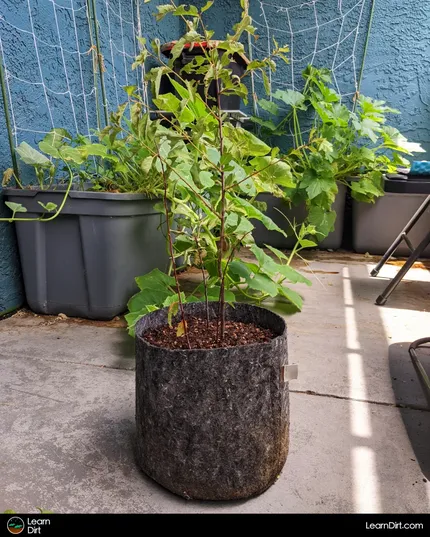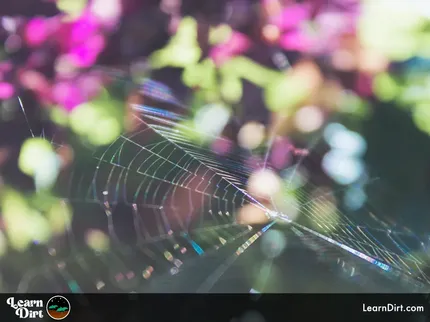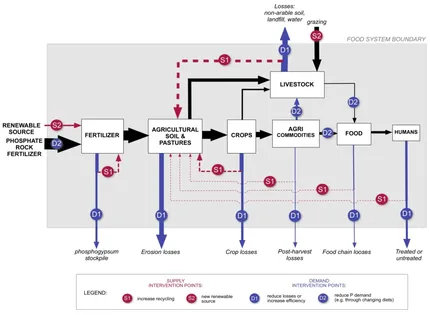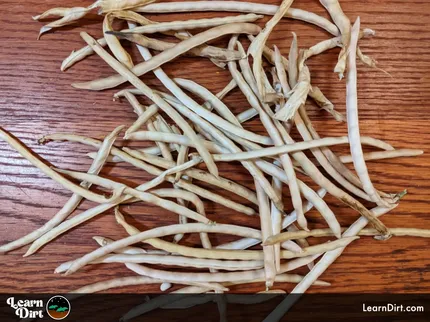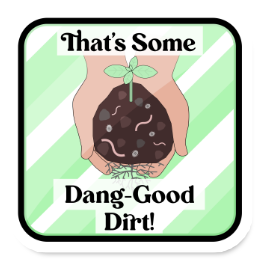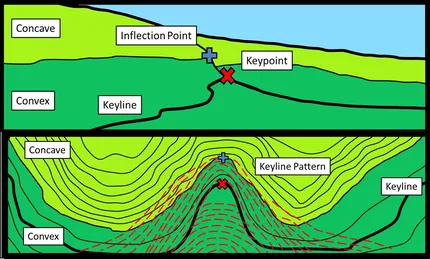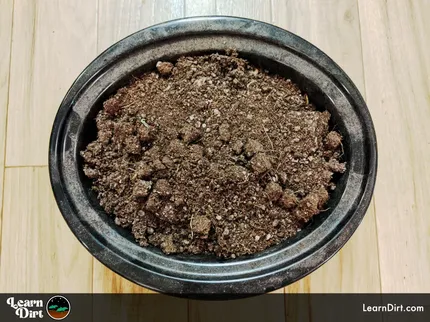Table of Contents
- Healthy Soil Saves Water
- Mulch for Moisture Retention
- Cover Cropping to Save Water in Tucson
- Get Your Irrigation Dialed In
- Rainwater Harvesting
- Wrapping Up...
- Sources
* Our articles never contain AI-generated slop *
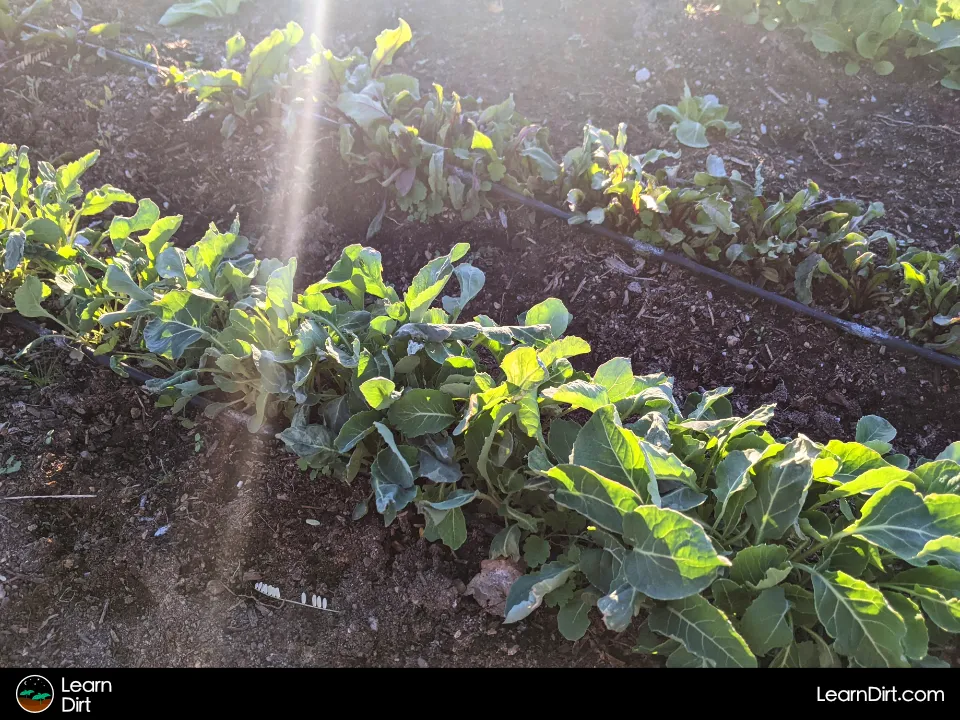
Healthy Soil Saves Water
If you've witnessed a monsoon season in Tucson, you're probably well-aware that our native soils are extremely poor at absorbing water.
Both the water holding capacity and the water infiltration rate of the soils on the desert floor and extremely low, relative to most climates.
Take a drive to the top of The Catalinas and compare the rich black soils at 8,000 - 9,000ft with the dusty sand at low elevations - the contrast is shocking.
Disclaimer: This post may contain affiliate links. Refer to the privacy policy for more information.
That's because the soils in forests (and jungles) contain some of the highest organic matter content of any soils on Earth, while deserts contain some of the lowest soil organic matter (SOM) content.
In Tucson, our desert soils test at less than 1% organic matter content. In contrast, temperate forests may exceed 10% organic matter content, sometimes attaining 15% or more. (and don't even get me started on peatlands, which can have up to 50% SOM!)
How Does Soil Organic Matter Content Affect Moisture Retention?
[1] According to the Kansas State Extension, each 1% increase in soil organic matter (SOM) content increases the soil's water holding capacity by as much as 20,000 to 25,000 gallons per acre.
To scale that down for home gardeners, a 1,000 sq ft garden could hold as much as 459 to 574 more gallons of water for each 1% soil organic matter increase.
That means if you can bring your 1,000 sq ft garden up from <1% SOM to just 3% SOM, your garden's water holding capacity could increase by roughly 1,000 gallons!
Healthy soil is a sponge, while dead soil is hardly better than blacktop at absorbing water.
Join The Grower's Community
Looking for a place to meet growers,
ask questions, share knowledge, be heard,
and feel like you belong? 🌱
Check It Out!

Mulch for Moisture Retention
Cover Cropping to Save Water in Tucson
Cover crops are plants that are grown specifically to improve the health of your soil.
Get Your Irrigation Dialed In
Rainwater Harvesting
As the incredible Geoff Lawton says: "channel water along the longest path over the most distance, traveling as slowly as possible, over the most time, rubbing up to as many things as possible, with the most passive friction, to create the most fertility."
This goes hand in hand with the general permaculture advice to slow it down, spread it out, capture it, and infiltrate it in. Also see Keyline Design
Wrapping Up...
Sources
1. Kansas State Extension Agronomy e-updates, Num. 357, July 6, 2012.
That's all for now, thanks for reading!
If you have any questions, comments, or would like to connect with fellow gardeners, head on over to the forum and post there.


